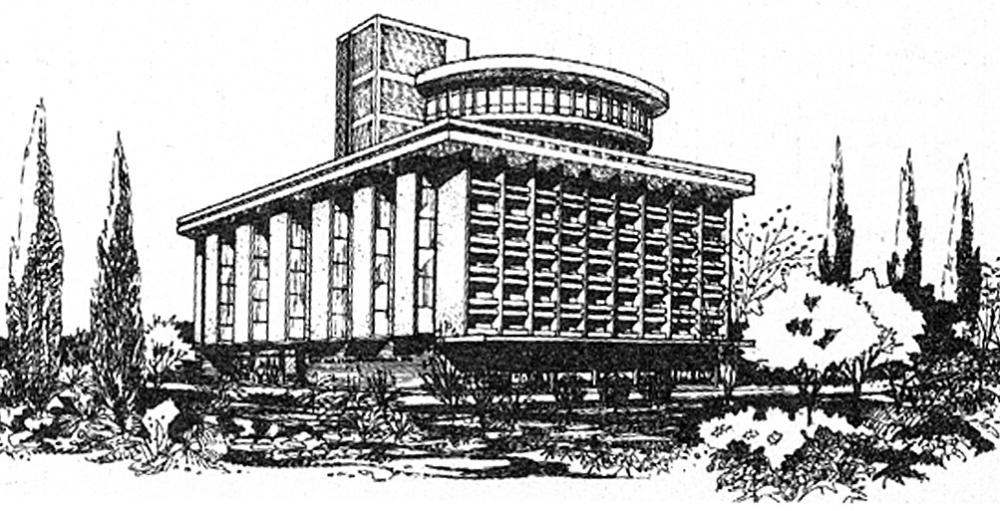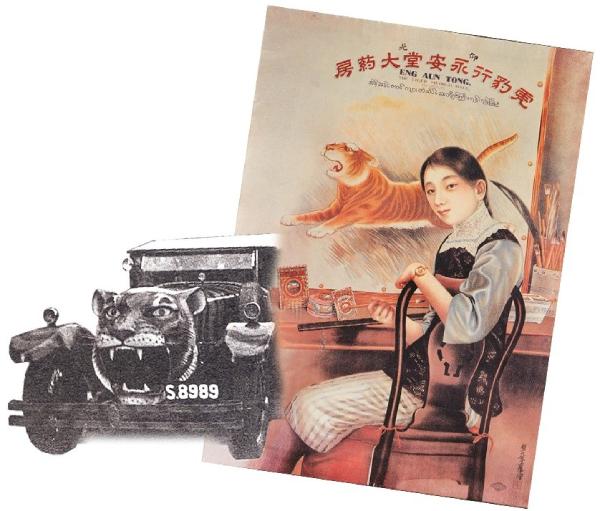Our story goes back to the 19th century.
The history of the legendary brothers Haw (胡文虎) and Par (胡文豹) and the origins of their genius traced back to Rangoon (Yangon), Burma (Myanmar), where it all began.
Their father, Aw Chu Kin (胡子钦), the young son of a herbalist in Xiamen, Fujian Province, left for Rangoon in the 1800s to seek his fortune. In Rangoon, he set up his own physician practice and apothecary shop and founded Eng Aun Tong(永安堂), or the Hall of Everlasting Peace, and started a family.
Boon Haw, the “gentle tiger”, born in 1882, was educated in China, and Boon Par, the “gentle” leopard”, born in 1888, studied in an English language school in British colonial Burma.
In 1908, Chu Kin died, leaving the family practice to Boon Par. The gentle leopard, finding the responsibility too much to bear, later asked for his older brother’s return from China to carry on the family business in Rangoon.
“I will learn all I can about Western medicine, you can prescribe Chinese medicine. Together we won’t lose a single patient. He can choose between east and west and the fee will stay with us,” Boon Par said to Boon Haw.
On this astute promise, the brothers Haw and Par built an empire and a legendary fortune out of a formula for a cure-all ointment sold in a little jar.

The origins of that formula can be traced back to the times of the Chinese emperors who sought relief for aches and pains from the stresses of court hearings. The balm would have died with the dynasties had it not been for Aw Chu Kin, who breathed new life into the ancient recipe.
To perfect their late father’s recipe, the sons took over their mother’s kitchen. Boon Par, the quiet leopard, toiled whilst Boon Haw, the gregarious tiger, organised. Together they produced “Ban Kim Ewe” (万金油), Ten Thousand Golden Oils, a panacea for all ills. No customer left the Aw apothecary without a little bottle of this golden ointment. True to the Tiger’s predatory instincts, Boon Haw sought out every Chinese shop in town and talked them into stocking his salve.

Boon Haw’s next logical step was a trademark: what else but his own name, and Tiger Balm was born in 1909. By 1920 Aw Boon Haw, not yet 40, was the richest Chinese in Rangoon. Ever the risk taker, Boon Haw ventured south to Malaya and Singapore. The sights and sounds of bustling commerce in the Malayan towns and Singapore’s port made his heart beat fast and his head race. Studying the Singapore currency he saw the image of a snarling tiger in the watermark. That clinched it.
The Tiger tycoon moved into Singapore in 1926 and Eng Aun Tong found a spanking new home in the busiest port in the region. A new and larger factory was built along Neil Road where production was ten times more than that of Rangoon. Aw Boon Haw plied small towns in Malaya in his custom-made car which had a head fabricated like a tiger and a honk that roared. When the kampong folks crowded around, he would distribute samples of Tiger Balm and its sister products and win still more customers.
With factories and distributorships firmly established in Malaya, Hong Kong, Batavia (Jakarta), cities in China and Thailand, and with wealth and status long achieved, Boon Haw channelled his energy into business diversification.
Boon Par died in Burma in 1944 while Boon Haw died in 1954 at the age of 72 from a heart attack on his way to Hong Kong following a major operation in Boston. Boon Par’s son, Aw Cheng Chye, assumed control of the family business. In 1969, most of the family businesses went into a company that was listed on the stock exchanges of Singapore and Malaya as Haw Par Brothers International Limited*.
* Haw Par Brothers International Limited was later renamed Haw Par Corporation Limited in 1997.